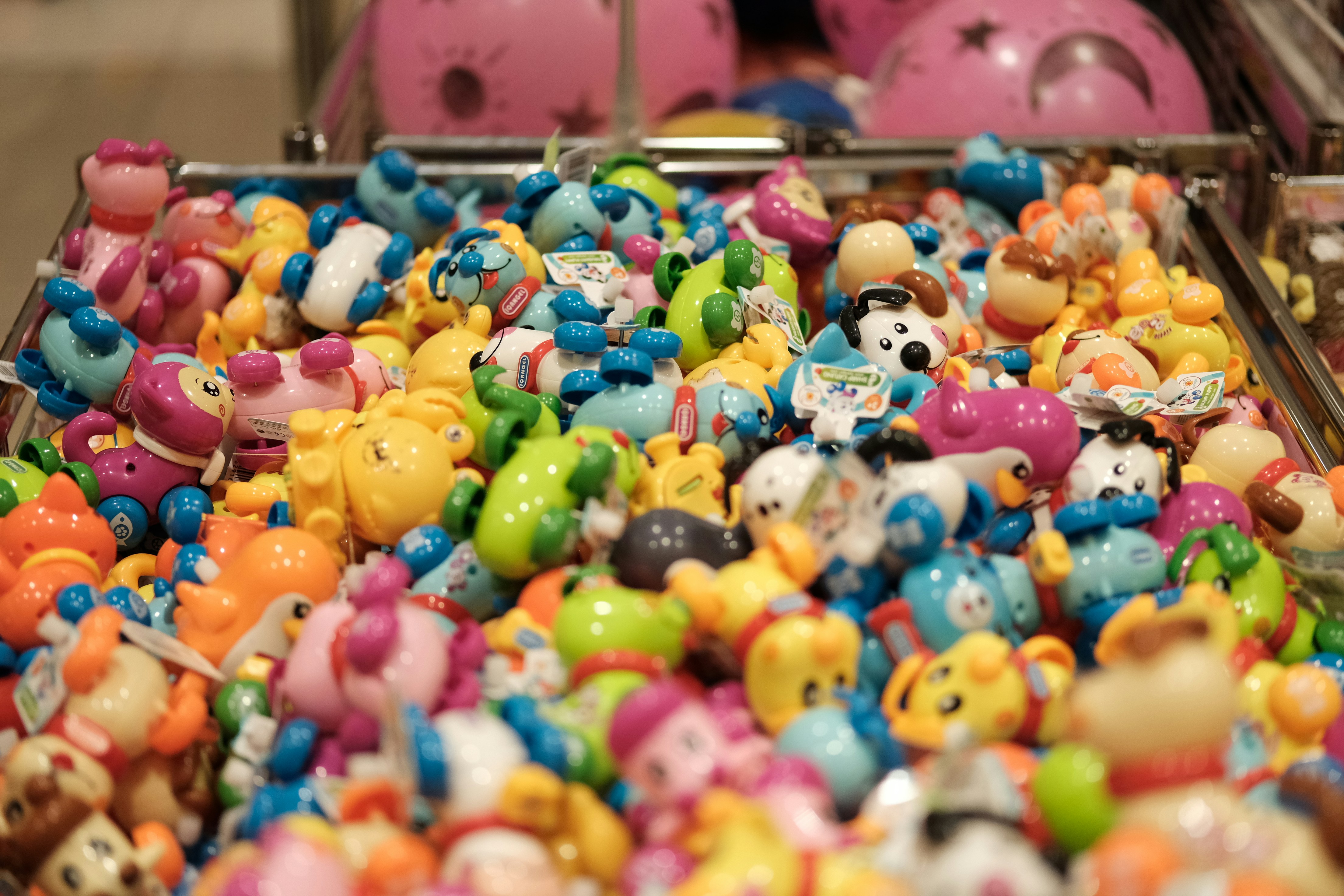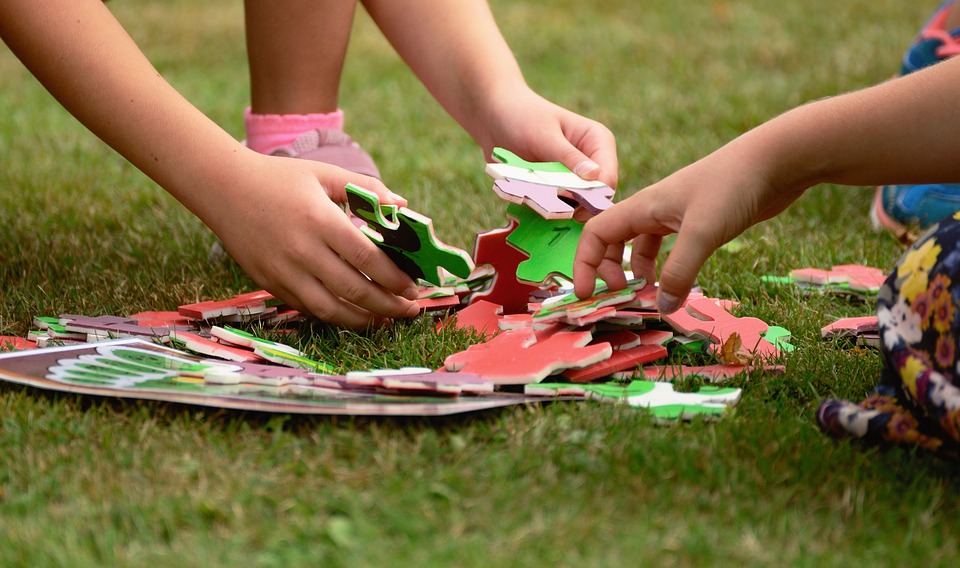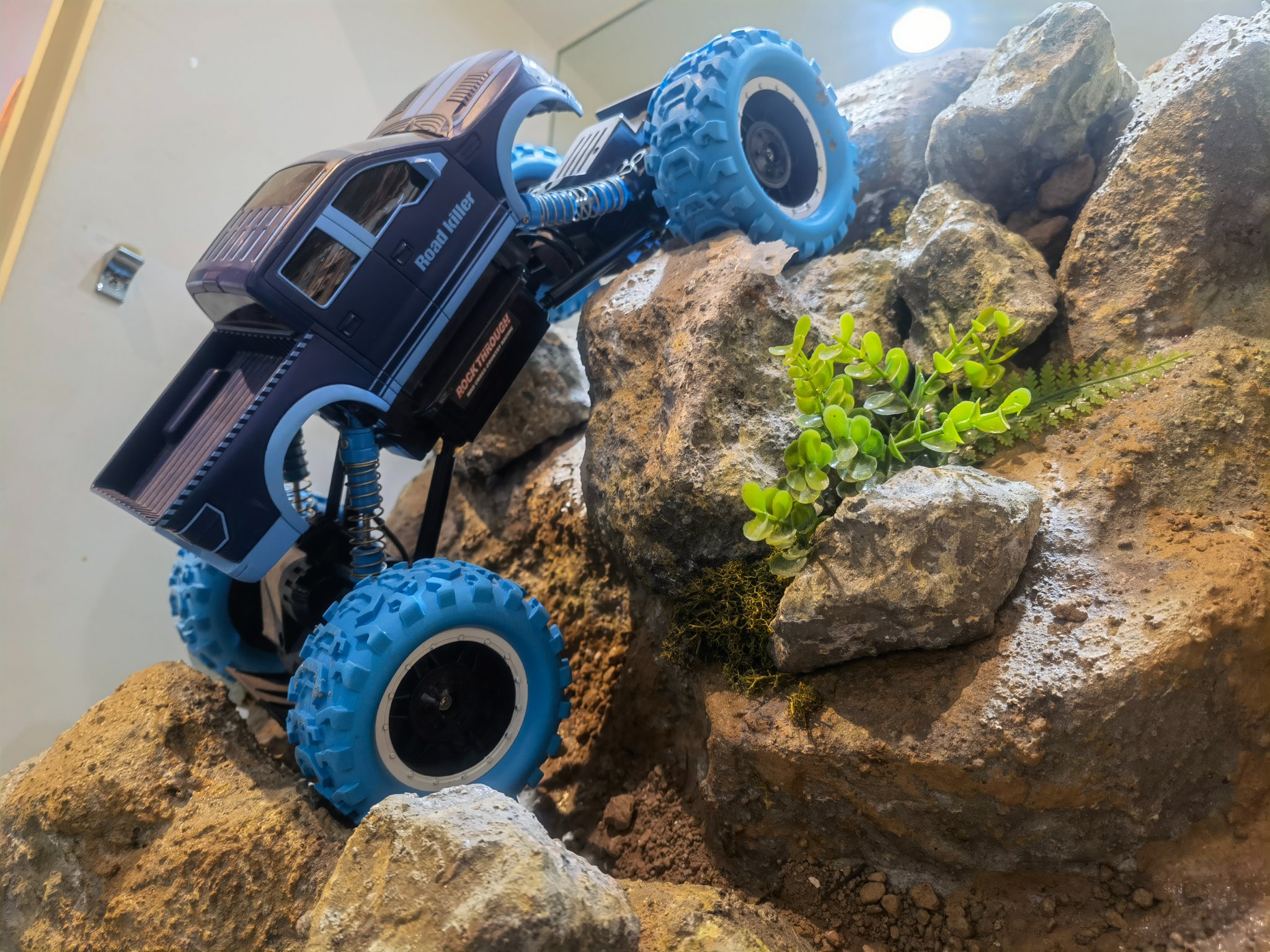Login
Join Free
Toys That Sell: Great Prices, Gender Neutral Appeal, Collectibility & Repeat Purchase Power
When choosing toys to stock for a business, four key qualities consistently separate bestsellers from slow movers: great pricing, repeat purchase potential, gender-neutral appeal, and collectibility. These traits aren't just marketing trends — they're data-driven indicators of long-term product success in the toy industry.
Whether you're sourcing for a retail shop, an e-commerce platform, or a bulk distribution channel, understanding these factors can make your next toy investment more profitable and sustainable.
🎯 1. Great Price Points Lead to Quick Sales
The toy market is highly sensitive to price. Even when designs are appealing, buyers often compare similar products across multiple sources before committing to a purchase.
Why Pricing Matters:
-
Parents set budgets. Most customers have spending thresholds for toys, especially when buying for birthdays, holidays, or classroom events.
-
Impulse purchases depend on affordability. Items under $10 or $20 are perfect for last-minute gifts or small rewards.
-
Retailers need room for markup. Wholesale buyers look for SKUs that provide enough profit margin while remaining competitive in their target market.
It's not just about being the cheapest — it's about providing excellent perceived value. Toys that look, feel, and function beyond their price point build trust and encourage additional purchases.

🔁 2. Toys That Encourage Return Purchasing
A one-time sale is good. But a toy that brings customers back to buy more? That's the holy grail of product strategy.
Certain categories lend themselves well to repeat purchasing:
-
Building block systems that expand with more sets
-
STEM or DIY kits that offer refill packs or different themes
-
Remote control toys with compatible accessories or interchangeable parts
-
Craft kits that require restocking materials after use
When a child enjoys a toy that's part of a larger universe or series, parents are far more likely to come back for the next product in that line.
Some businesses even build loyalty around releasing toys in timed waves — promoting anticipation and giving customers a reason to return regularly.

🚻 3. Gender-Neutral Toys Have Wider Reach
Toys that appeal to all children—regardless of gender—give businesses a significant competitive edge.
Benefits of Gender-Neutral Design:
-
More flexible marketing. No need to target ads specifically to boys or girls.
-
Wider customer base. Grandparents, teachers, and friends often prefer "safe" options that work for any child.
-
Cultural shift. Many parents today reject outdated gender roles and actively seek toys that support open-ended, inclusive play.
Examples of top-performing gender-neutral toys include:
-
Magnetic construction sets
-
Puzzle games and logic toys
-
Musical instruments
-
Art kits and creativity sets
-
Mini RC cars in sleek, unisex colors
Rather than dividing your catalog into "toys for boys" or "toys for girls," consider offering universally enjoyable products that foster imagination and learning.

🧩 4. Collectibility Sparks Ongoing Interest
Collectible toys are a massive market force. From vinyl figures and animal-themed miniatures to limited-edition RC vehicles, collectibles encourage continuous engagement.
Why does collectibility matter in toy sales?
-
It creates a "gotta-have-them-all" mentality.
-
It builds community and conversation among buyers.
-
It fuels return purchases through desire and curiosity.
There's also emotional value attached to collectibles — kids form attachments to characters or series, and parents enjoy completing sets or surprising their children with "the next one."
Features that enhance collectibility:
-
Numbered series or blind-box editions
-
Character families with varying rarity
-
Themed releases tied to holidays or seasons
-
Cross-functionality between pieces or accessories
Smart wholesalers and resellers often plan their inventory around these types of products to benefit from recurring demand and seasonal surges.

🛍 What Makes a Toy Truly Sellable?
If you're sourcing toys to maximize revenue, look for products that check multiple boxes:
| Attribute | Why It Matters |
|---|---|
| Affordability | Moves quickly and supports high turnover rates |
| Reorder Potential | Encourages repeat customer engagement |
| Universal Appeal | Minimizes barriers to purchase |
| Collectibility | Drives multi-unit sales and brand loyalty |
| Quality & Safety | Builds brand trust and ensures repeat business |
When these traits are combined, you get toys that practically sell themselves.
💡 Final Tips for Wholesale Toy Buyers
Sourcing the right toys involves more than just browsing a catalog. Here are a few tried-and-true practices to make smarter buying decisions:
1. Don’t overcommit to trendy designs.
While it's tempting to chase the latest viral toy, trends fade quickly. Prioritize toys that offer classic play value — like building sets, RC vehicles, or puzzle games — which are more likely to sell steadily over time. Trendy items should be a smaller, calculated part of your overall inventory.
2. Test small batches first.
If you're unsure how a new toy will perform, order a limited quantity and track customer feedback or sales performance. This approach minimizes risk and helps you identify high performers before making a bigger investment.
3. Watch buying patterns closely.
Are customers frequently reordering a certain product line or theme? That's a strong signal that the toy has long-term appeal. Use this data to guide future inventory decisions and promotional strategies.
4. Bundle when possible.
Grouping toys into themed bundles (e.g., "STEM starter kits" or "holiday gift packs") adds perceived value and often increases the average order size. Smart bundling is also a great way to move slower inventory alongside popular items.
5. Diversify your assortment.
A well-rounded catalog includes low cost toys, engaging mid-tier toys, and a few premium options. This strategy ensures you meet the needs of different types of buyers — from price-sensitive parents to corporate clients shopping in bulk.
🔚 Conclusion: Smart Toy Selection = Sustainable Profit
In an increasingly competitive toy landscape, success depends on understanding not just what's cute or flashy, but what delivers long-term value to both end-users and buyers. Toys with great pricing, gender-neutral designs, repeat purchase potential, and collectible elements consistently outperform the rest.
For businesses seeking a wide variety of such toys at competitive wholesale pricing, Zhorya offers a curated selection designed to meet evolving consumer trends. With over 1.8 million products and years of experience in global B2B toy supply, Zhorya helps clients source smarter, sell faster, and grow stronger.
👉 Explore more at www.zhorya.com — where toys are more than play, they're smart business.

 Русский язык
Русский язык 中文
中文